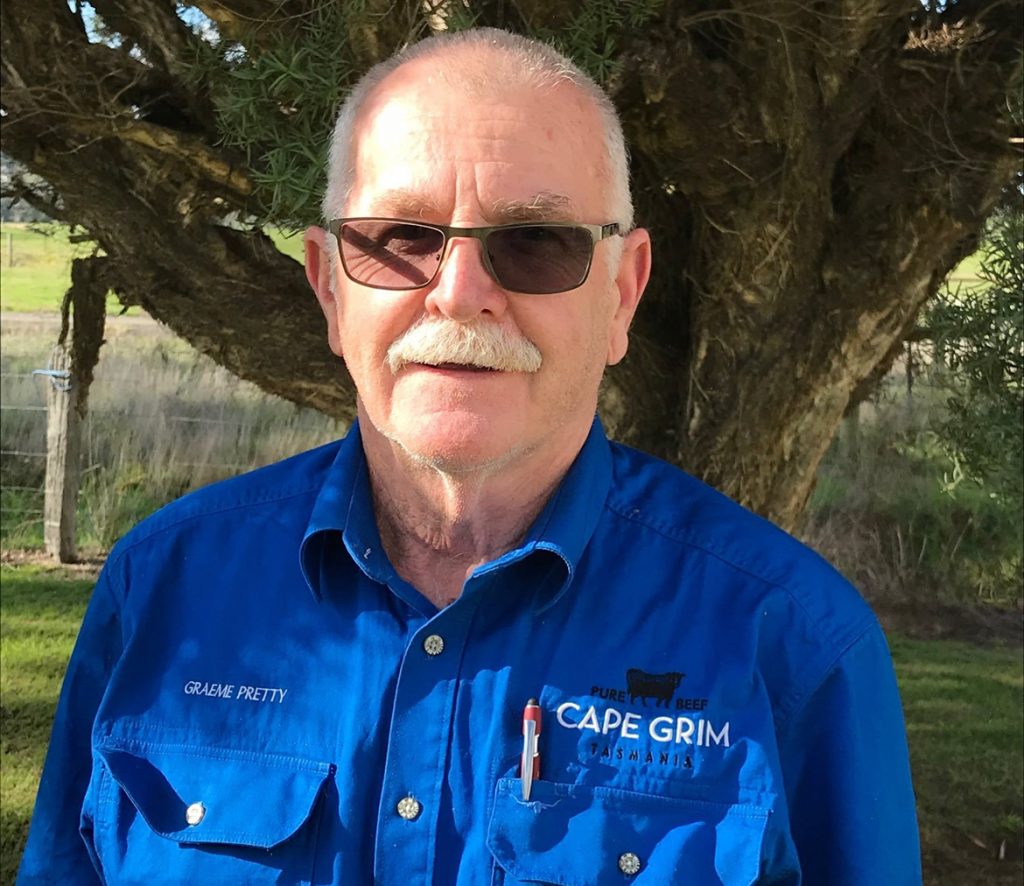To assist Greenham suppliers save time and get the most out of each consignment Greenham Group Livestock Manager, Graeme Pretty answers your questions about completing Livestock Production Assurance (LPA) National Vendor Declarations (NVD).
LPA NVDs communicate the food safety and treatment status of every animal every time it moves along the value chain – between properties, to saleyards, or to processors.
Graeme said complete and accurate NVDs are critical to ensuring the integrity and safety of the end product.
“NVDs are a legal document. It’s your pledge that the meat from your farm has been produced safely, ethically and meets biosecurity requirements,” he said.
Q: who is responsible for completing and signing an NVD?
A: NVDs are a legal document and must be completed by the owner of the cattle or the person responsible for the animal husbandry e.g. property manager or livestock manager. NVDs cannot be completed by agents or cattle buyers on behalf of the producer.
Q: what is a withholding period?
A: a withholding period (WHP) is the time that must pass between chemical application, including through the feeding of treated feed, and the slaughter, collection, harvesting or use of the animal commodity for human consumption. These are mandatory for the domestic market and are on the label of all registered products. WHPs can apply to veterinary chemicals such as parasite treatments as well as agricultural chemicals such as herbicides.
Q: why is it important to accurately record withholding periods on NVDs?
A: strict adherence to withholding periods is critical to ensure Australia delivers safe meat to global consumers and to safeguard market access for Australian beef.
Withholding periods are set to ensure chemical residues do not exceed the legal limits for food consumption.
As a general rule, animals should not be treated with a veterinary drug if the withholding period exceeds the expected date of departure from a property.
Q: how do you know if your cattle are within a withholding period of have consumed any material that was still within a withholding period when harvested or first grazed?
A: when treating cattle or applying chemicals to pasture it is important to review the withholding periods (WHP) and export slaughter intervals (ESI) of any products intended for use. If treatment occurs, be sure to maintain records so that relevant animals are not consigned during this period.
Export slaughter intervals can change. For the latest list, refer to www.apvma.gov.au/esi
Q: how do you know if your PIC has had an Extended Residue Program (ERP) status in the past six months?
A: a PIC can acquire an ERP status when placed under quarantine or detention by a state authority or if cattle with a ‘T’ status are brought onto the property. If you are unsure you must answer ‘YES’ to this question.
Q: what happens when an NVD is inaccurate or incomplete?
A: Greenham cannot accept cattle accompanied by incomplete or inaccurate NVDs. If inaccuracies in supplied NVDs are not identified until after slaughter this can result in significant volumes of product being condemned at the plant. If cattle need to be held for extended periods of time while paperwork is amended, this may result in ineligibility for MSA and associated premiums.
Q: what other documentation do producers need to send with their NVD when consigning cattle?
A: for MSA eligible cattle, producers also need to send an MSA declaration. These can be sourced from MSA directly or can be completed with your eNVD at www.lpa.nlis.com.au. Producers consigning cattle under the NEVER EVER, GAP or Barley Beef programs will also need to send their relevant program declarations. These can be sourced from your local Greenham cattle buyer.
For your local cattle buyer’s contact details click here
By Graeme Pretty














